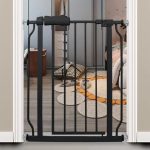Preschoolers are bundles of energy and curiosity, which makes creating an indoor safety environment an essential task for parents, caregivers, and educators. As little ones explore their surroundings, it’s vital to establish safety rules that protect them from harm while allowing them to learn and grow. This article will highlight key strategies to childproof indoor spaces, discuss the importance of setting clear safety rules, introduce engaging ways to teach preschoolers about safety, and touch on the role of supervision in ensuring a secure environment for young children.
Making Your Home Preschool-Ready
Securing Furniture and Fixtures
The first step in creating a preschool-friendly home is to secure furniture and fixtures. Anchor bookshelves, TVs, and heavy furniture to walls to prevent tipping. Install safety gates at the top and bottom of stairs, and ensure windows have locks or guards to prevent falls. Cover sharp corners with padding to protect against bumps and bruises.
Safe Storage Practices
Keep potentially dangerous items like cleaning supplies, medications, and small objects that pose choking hazards out of reach and locked away. Use child safety locks on cabinets and drawers that contain risky items. Additionally, ensure that toys are age-appropriate and free of broken parts or sharp edges.
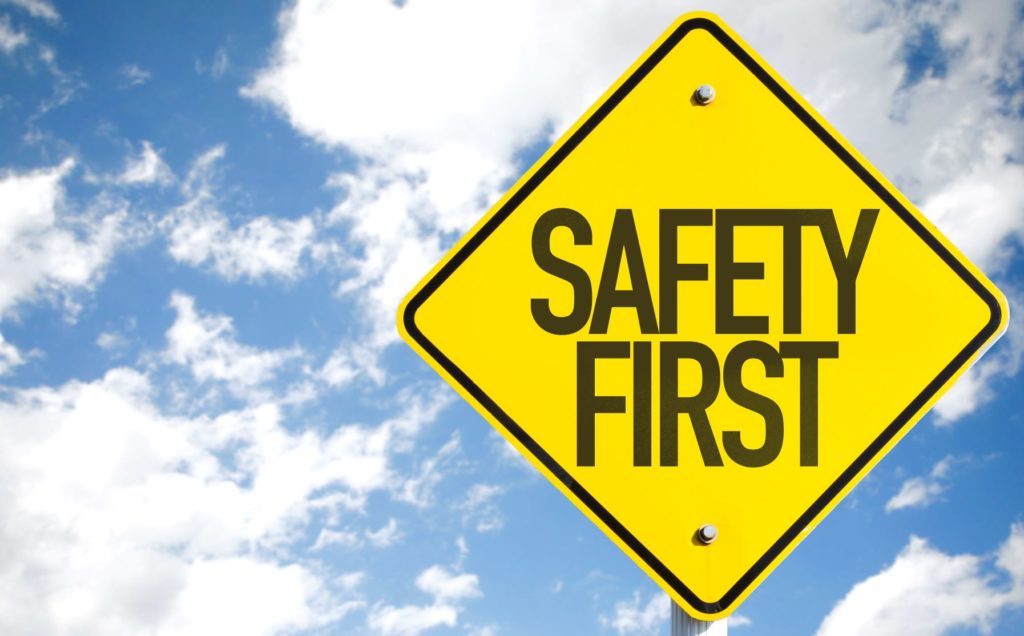
Establishing Clear Safety Rules for Preschoolers
Consistent Rules for Consistent Safety
Children thrive on consistency, and clear, consistent safety rules help preschoolers understand what is expected of them. Establish simple rules like “no running inside,” “ask for help when you need it,” and “toys stay on the floor, not in our mouths.” Reinforce these rules regularly to help children remember and abide by them.
Involving Preschoolers in Safety Discussions
Engage preschoolers in discussions about safety to help them understand the reasons behind the rules. Use age-appropriate language to explain potential dangers and why certain behaviors are unsafe. Encouraging questions and offering straightforward answers can help children feel involved and more likely to follow safety guidelines.
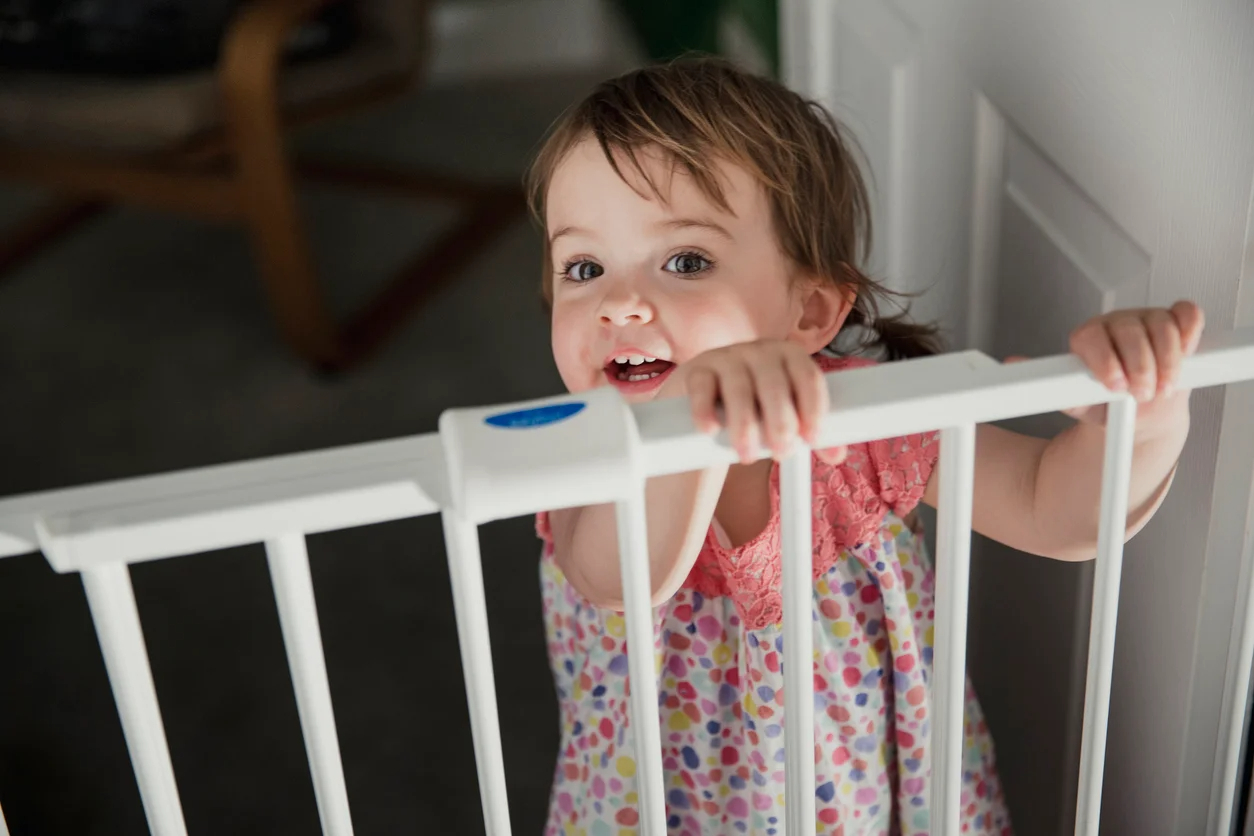
Educational Approaches to Safety
Fun Learning Activities
Turn safety education into a game to make it enjoyable for preschoolers. Create colorful charts and use stickers to mark when children follow safety rules. Read children’s books that focus on safety topics and discuss the lessons learned. Role-playing scenarios can also be a fun way to practice what to do in different situations, such as what to do when someone comes to the door.
Visual Aids and Reminders
Visual aids like posters and signs can serve as effective reminders for children. Place these reminders at a child’s eye level in strategic locations, such as next to light switches to remind them to turn off lights or near the bathroom sink to prompt handwashing. Singing songs about safety rules can also make the concepts more memorable for preschoolers.
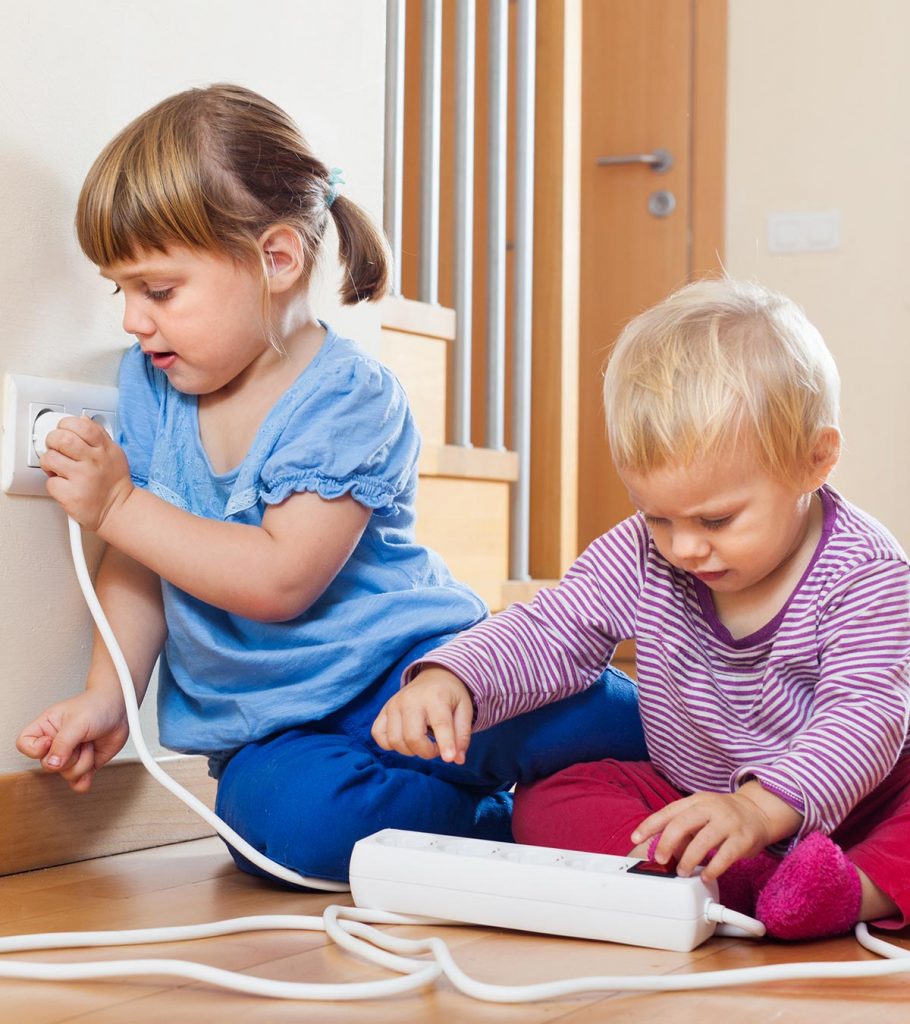
The Role of Supervision: Keeping a Watchful Eye
Active Supervision at All Times
Active supervision is the cornerstone of indoor safety for preschoolers. Always keep an eye on young children, especially during playtime or when they are engaged in potentially hazardous activities, like eating. Stay within arm’s reach when preschoolers are near water, even in shallow kiddie pools or bathtubs.
Creating Supervision Strategies
Develop strategies for supervision that ensure an adult is always present and attentive. Use baby monitors or intercom systems to keep an ear out for children during quiet time or naps. When multiple adults are present, take turns being the designated supervisor so that there is no confusion about who is watching the children.
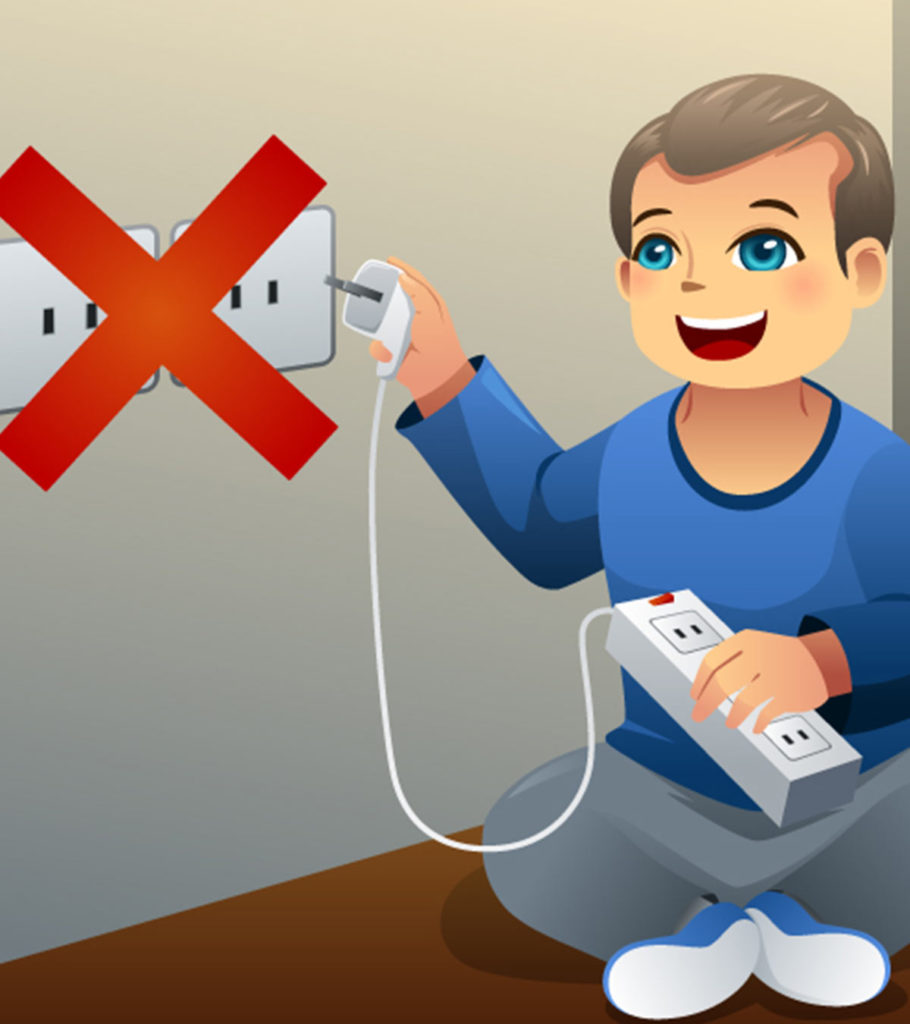
Interactive Safety Drills
Routine Safety Drills
Conducting regular safety drills can reinforce the importance of safety rules and help preschoolers react appropriately in case of an emergency. Practice fire drills, earthquake drills, and other relevant emergency responses using age-appropriate explanations to guide children through the process. These drills should be routine but carried out in a calm and controlled manner to avoid causing fear or anxiety.
Rewarding Positive Behavior
Positive reinforcement goes a long way in encouraging preschoolers to follow safety rules. Praise children when they exhibit safe behavior and follow through with drills correctly. Small rewards or a collective classroom reward system can motivate children to consistently adhere to safety practices. Celebrate successes together, highlighting the group’s effort in staying safe.
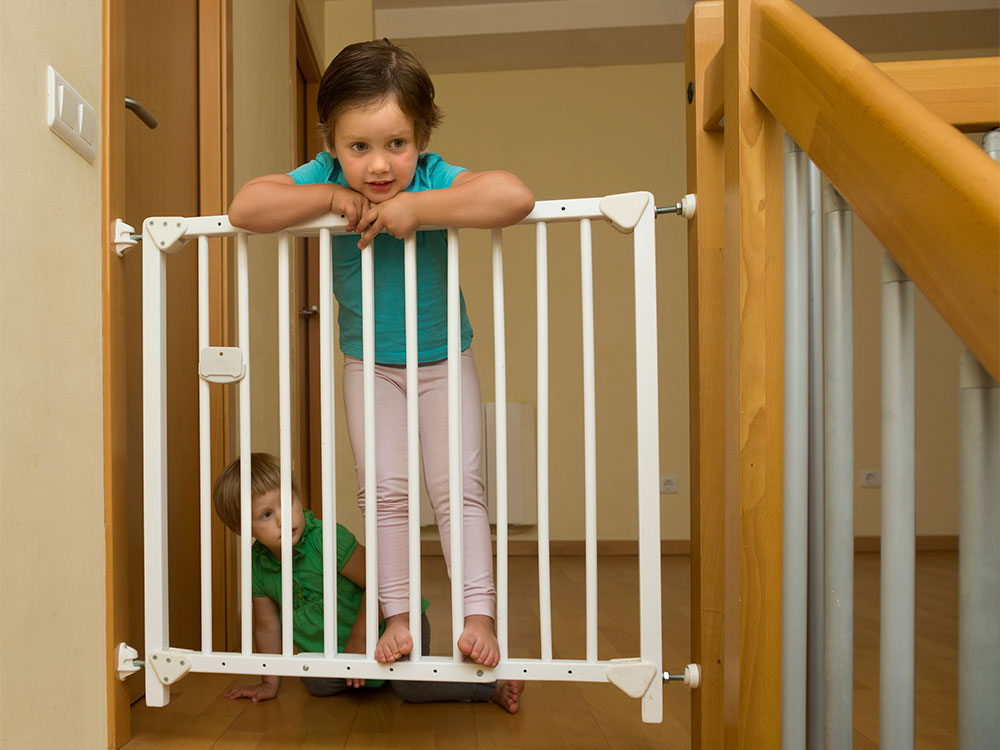
Safe Play Zones
Structured Play Environments
Create designated play zones within the indoor space that are specifically designed for safe exploration and learning. Ensure these areas are well-lit, free from hazards, and filled with safe, age-appropriate toys and materials. By structuring play environments, preschoolers can enjoy a sense of freedom while caregivers can rest assured that the play space is secure.
Regular Safety Checks
Perform regular safety checks of play zones to ensure they remain safe havens for young children. Look for potential risks such as loose toy parts, spills, or stray objects that could cause trips and falls. Keeping play areas tidy and well-organized not only contributes to safety but also to an optimal learning environment.
Building a Community of Safety
Engaging Parents and Guardians
Safety education should extend beyond the classroom or home. Involve parents and guardians by providing them with resources on how to maintain safety at home. Offer workshops or send out newsletters with tips and updates on safety best practices. Encouraging a community approach to safety ensures that children receive consistent messages and guidance both at school and at home.
Collaborating with Local Safety Organizations
Partner with local safety organizations to access resources that can benefit the preschool community. Firefighters, police officers, and health care professionals often have programs designed to educate children about safety in an engaging way. These partnerships can enhance safety education and provide children with positive role models who take an active interest in their well-being.
In conclusion, creating a safe indoor environment for preschoolers requires a combination of childproofing, clear safety rules, educational initiatives, and vigilant supervision. By securing the physical space, involving children in learning about safety, and maintaining a watchful eye, caregivers can provide a secure setting where preschoolers can explore and learn without unnecessary risks. Safety is an ongoing process, and with the right approach, it can be seamlessly integrated into the daily lives of young children, laying the foundation for a lifetime of safe practices.

